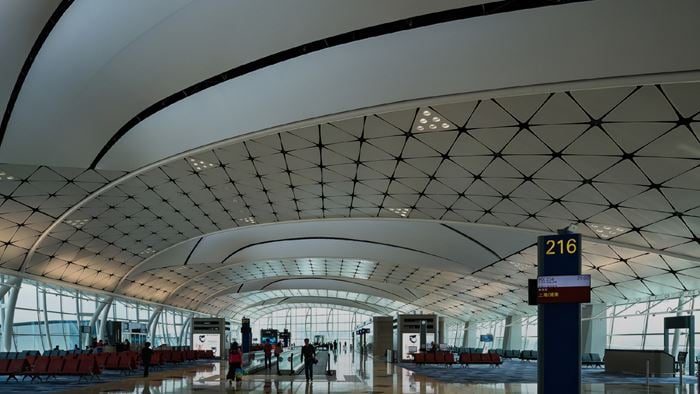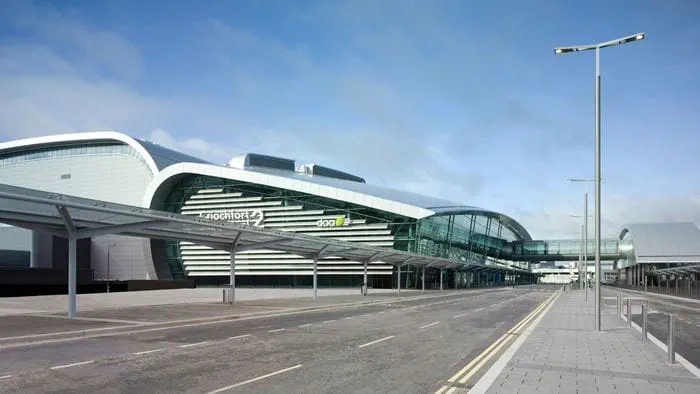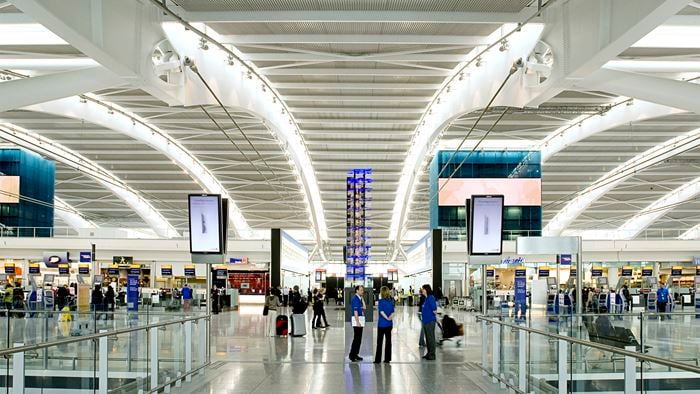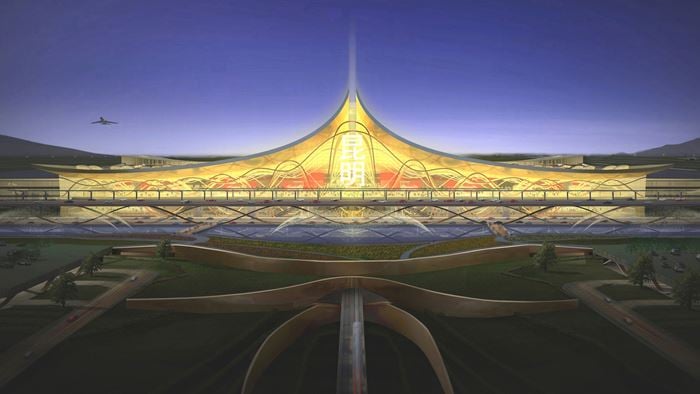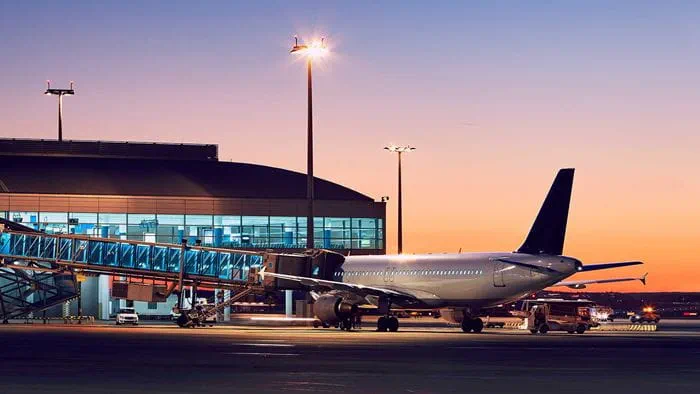Every day around three million people take a flight. For many, that flight will be full of frustrating experiences, bureaucracies and inefficiencies. So how can the industry usher in a new golden age of Aviation that prioritises the passenger experience? How can air travel become a more humane experience at a time when it must also cope with ever-increasing demand?
These are the big questions we’ve been helping the industry explore in partnership with Intel, through a series of forums leading to our report, The Future of Air Travel. In the video below our specialists and industry experts discuss the outcome of the forums, which focused on the end-to-end travel experience, the passenger terminal of the future, checked baggage, passenger screening and the role of electronic data.
The video shows how, driven by growing passenger numbers and the availability of new technology, flying could be transformed into a truly seamless experience tailored to passengers’ individual needs.
An end-to-end experience
Imagine being able to check in with a single touch – your fingerprint. Imagine never having to drag your bags to the airport again, rather having them picked up from home and delivered to your door at your destination. And imagine being able to monitor it all from your smartphone. These are the sorts of things digital means to us.
As in other forms of smart mobility, digital technology and web-based networks can deliver all sorts of efficiencies and new experiences. The challenge for the industry is getting all the organisations involved – from airlines to government agencies – to provide and share the right data.
The changing face of air travel
The key elements of this future vision are optimised passenger terminals, new approach to passenger screening, joined-up use of ‘big data’ and vastly simplified baggage handling. Taken together they represent a radically improved passenger experience, one that expands capacity without having to build new and expensive infrastructure.
The future passenger terminal
In the future, smarter passenger terminals will meet people’s needs more effectively. Multiple queues will be gone, with passengers checked-in and security screened all at once.
Indeed, functions like screening, customs and baggage handling could all occur offsite – with the terminal building dedicated to helping passengers relax and enjoy their journey. This ‘terminal light’ approach to airport design would offer a much-needed boost in capacity by enabling each terminal to serve more travellers without building new facilities.
“The demand for air transport continues to grow. There is much work to be done to prepare for the seven billion passengers expected to take to the skies in 2034. ” Tony Tayler IATA Director General and CEO. Source: IATA
Reimagining baggage check-in
There’s no doubt that the current way of handling baggage is inconvenient for everyone involved – passengers, airports and airlines. So in our workshops, we helped the industry to think differently.
Imagine if a radio-frequency identification (RFID) tag enabled you to track your bag in real time – you could grab a coffee while you waited for it to arrive on the carousel. Or what if the bag doesn’t even have to travel with you? Imagine your luggage turning up at your hotel by itself. No more carrying bags onto trains and buses to the airport, or hustling for space in the overhead lockers.
The job of couriering your bag could even be outsourced to individual workers, doing for baggage what Uber has done for personal mobility. This is the sort of thing experts believe will help them improve passenger experience at a time when more and more people want to fly. In 2014, the number of passengers travelling through airports worldwide increased by 5.7% to over 6.7 billion. And by 2032 the worldwide fleet will double to nearly 36,560 aircraft.
Get the Future of Air Travel report
Refocused screening
Our research shows that while passengers value the outcome of screening, the process itself can cause anxiety. A refocused approach to screening would help – one that looks not just at whether a passenger is capable of carrying out an attack but also at whether they actually intend to cause harm.
But how do you establish intent? This is where risk-based screening comes in. It would use technology to search and scrutinise a massive amount of data – everything from police databases to Google searches – and identify passengers with intent to cause harm.
Risk-based screening would all-but eliminate the passenger screening checkpoint as we know it today, freeing up resources and space in the airport terminal and making the process less intrusive for passengers.
Data holds the key
Without the ability to share data about a passenger, this vision of a seamless customer experience and the wider efficiencies it promises simply can’t be realised.
So airports, airlines, municipalities, government agencies, passenger bodies and others will have to find ways to create shared digital platforms that can deliver this future for the aviation industry.
The technology exists. What’s required now, as our forums revealed, is creativity, trust in that technology and a fearless reimagining of current solutions.
The future is flexible
At Arup, our aviation specialists are already putting some of this forward thinking into action. For example, our design for Taiwan’s Taoyuan International Airport Terminal 3 is flexible – spaces can be easily reconfigured for future uses. Even the ceiling height can be adjusted to create a more intimate, personal space for passengers.
Our experts are working with airports to develop long-term strategies that get to the heart of the issues facing aviation today, preparing them for the future and helping them realise their ambitions.
 ;
;



